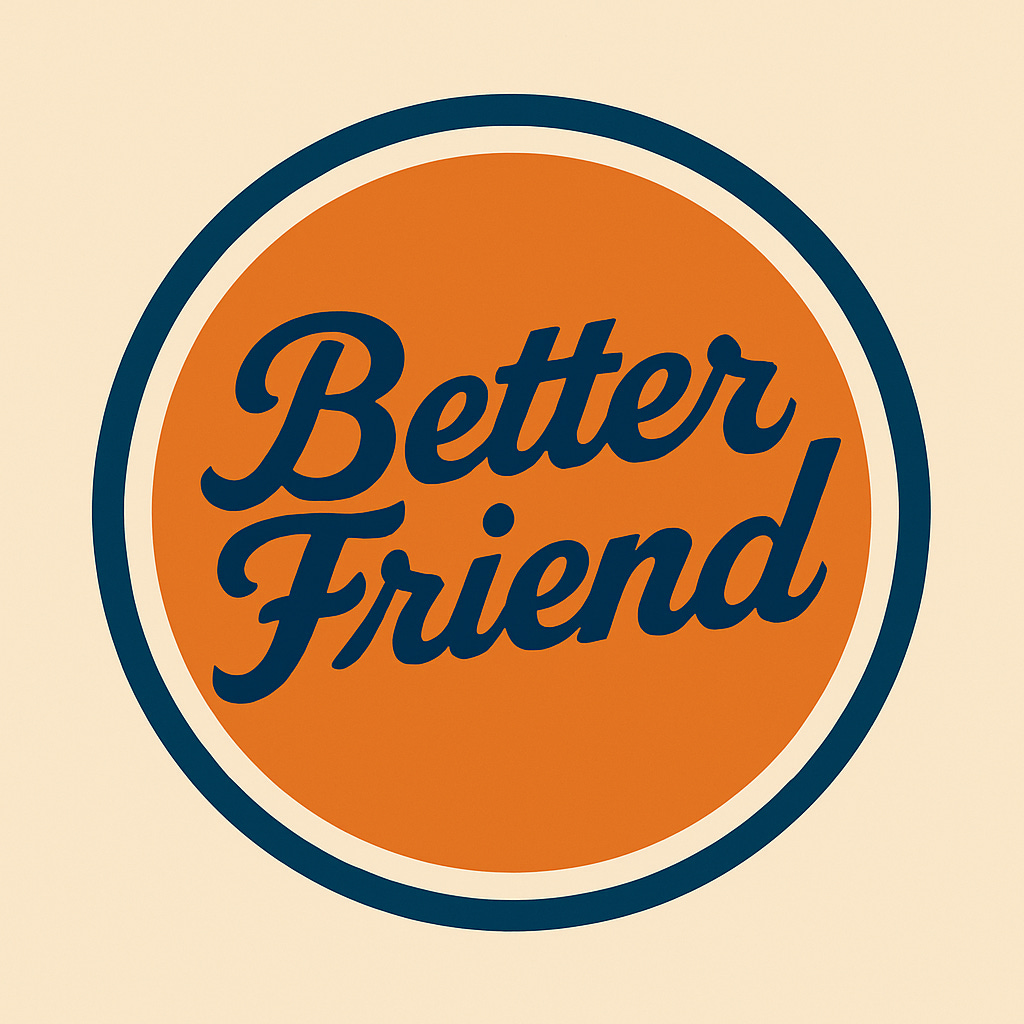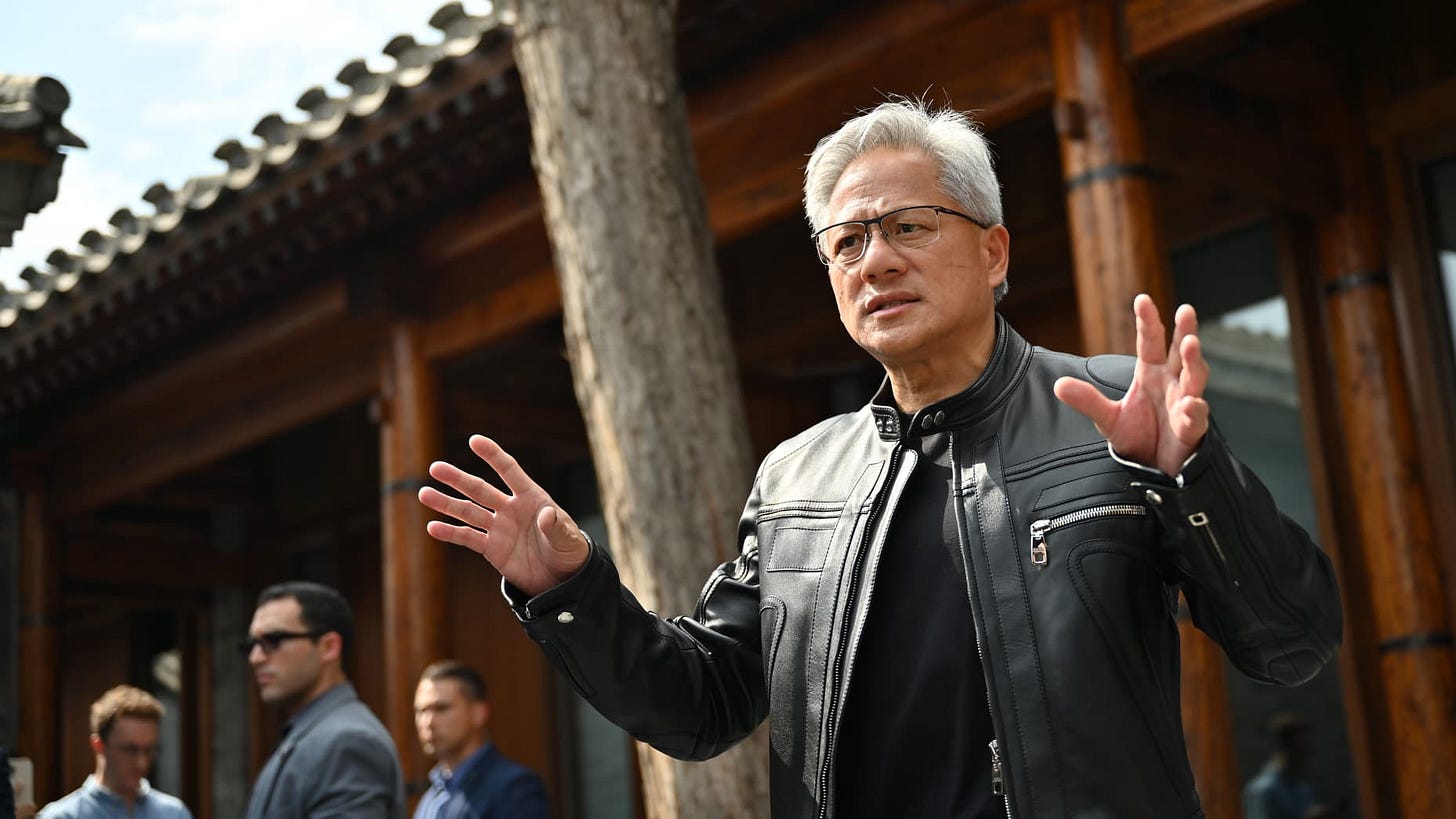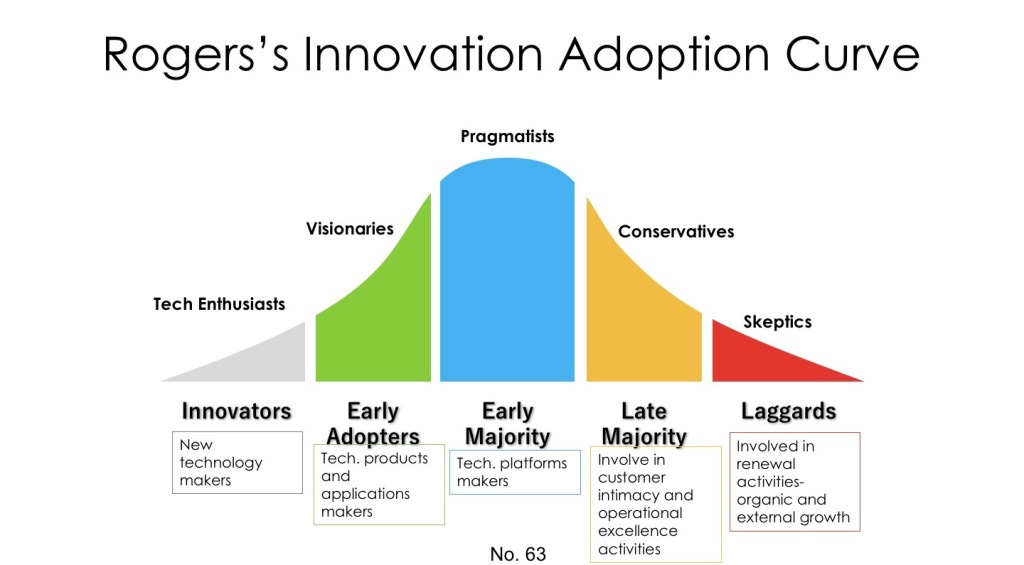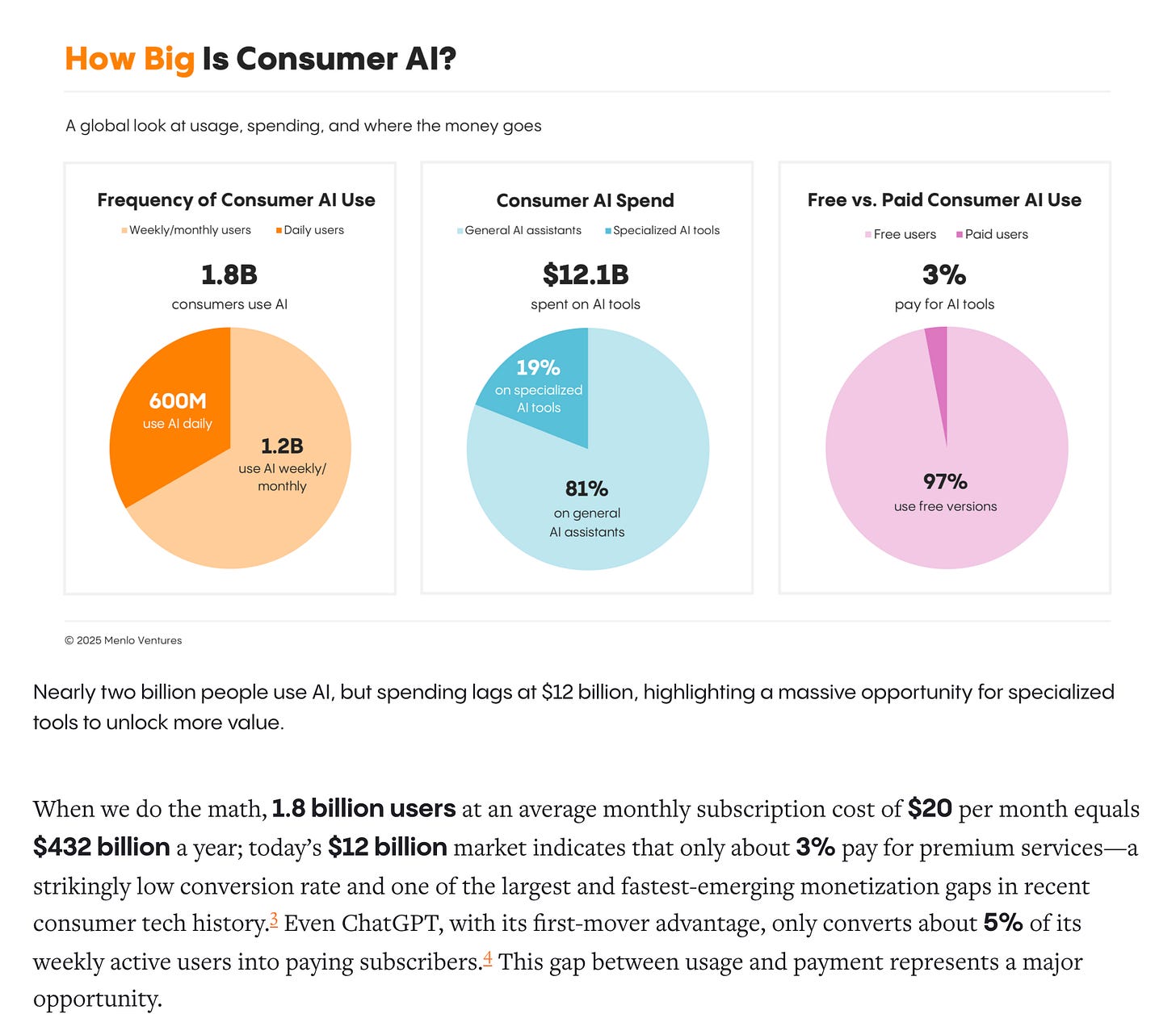Community [kuh-myoo-ni-tee]
noun.
: a social group of any size whose members reside in a specific locality, share government, and often have a common cultural and historical heritage.
: a locality inhabited by such a group.
: a social, religious, occupational, or other group sharing common characteristics or interests and perceived or perceiving itself as distinct in some respect from the larger society within which it exists
Quick Recap:
Stay in touch w/ Friends
We are building a simple v0.1 of BetterFriend app by using WhatsApp Chatbot to remind people their loved one’s birthday with AI.
Those who read
Met a lot of founders last weekend at a Founder & VC Bali Padel Event. It was organized by Igor who is the founder of an Enterprise AI Company based in Singapore / London / Bali. About 16 of us showed up and we had a great time being active and chatting in the sauna about books, business, parenting and life in general.
It’s been a while since I’ve attended something like this - as you see, I’m 26 days in and I’m laser focused. But this was a nice break for me to get some inspiration. Inspiration came from the event itself, from the people and their businesses. It pushed me to ask the big question of “What kind of community do I want to build?”. Or more simply, “Who do I want to read my Substack?”.
Paul Graham put it even more directly in his recent essay:
“An essay has to tell people something they don't already know. But there are three different reasons people might not know something, and they yield three very different kinds of essays.
…
If something isn't important to know, there's no answer to the question of why people don't know it. Not knowing random facts is the default. But if you're going to write about things that are important to know, you have to ask why your readers don't already know them. Is it because they're smart but inexperienced, or because they're obtuse?”
- The Shape of The Essay Field by Paul Graham
Importance
The process of learning and building AI products as an engineer is hands down the most important today.
Many billionaires & CEO’s have come out and said Software Engineering is going to change and children should learn Physics or Robotics. This is true.
“For the young, 20-year-old Jensen, that’s graduated now, he probably would have chosen ... more of the physical sciences than the software sciences,”
But their advice is for 20-year-olds - not for people who are in the workforce today. Not for people who are pivoting or changing careers. Not for people that want to have a better life tomorrow.
AI is NOT going to replace Software Engineering. It’s replacing the manual coding.
Software Engineering is not just coding - It’s the process of putting the code together, integrating new additions, progressing it from version to version.
Software engineering is a branch of both computer science and engineering focused on designing, developing, testing, and maintaining software applications.
There’s lack of content around how to use the most advanced AI tools to design, develop, test and maintain software that’s meaningful long-term.
Most AI content today are purely entertainment that last several minutes. Not something that can be used every day, every week or month.
The ceiling is quite low when real software engineering tools aren’t involved. When we rely on tools / platforms that are no code or prompt only, they will always restrict our creativity at one point or another.
In the adoption curve of AI, we are likely between Early Adopters & Early Majority. But this is on the consumer side. Everyday use of ChatGPT today looks like how they use Google - finding information faster.
For people who are really building with AI? I’d argue that we are still early in the Tech Enthusiasts part. Some Early Adopters are now eager to use no-code tools such as Make.com or N8N to make automations. Some have tried pure vibe coding platforms (Loveable, Replit, Bolt) to make simple applications. But they are hitting the ceiling of Vibe Coding quickly without the foundation of software development.
Some more research from Menlo Ventures about the current state of AI in 2025:
In order to build AI products, one needs to pay for more advanced AI tools. If paying for AI tools is only at 3% of the total AI users, the number of people paying AI to build something is likely less than 1%. This assumption is based on 2/3 of people paying are using it for other purposes like writing, editing, and creating images / videos.
We are very very early on the AI Vibe Coding side.
NOT my intentions
It’s always easier to state what do I not want to do with this Substack:
Sell courses that are overpriced and not helpful long term
Overpromise that you will never work again through automation
Exploit your desire to get out of your unhappy work situation
Give information that may be outdated in the next several months
Give away templates (fish) without teaching how to create it from 0 (fishing)
Pretend that this is easy work and ANYONE can do it with little time and effort.
My intentions
I want our readers to learn to build things that can improve their lives long term.
This will allow them to build things that can improve their community.
And if this cycle continues, the world can be more efficient and effective.
We can free people from doing work that are mindless, repetitive, or even dangerous.
This time saved can be used to enjoy life by spending it with loved ones.
This time can be used to learn what they’ve always wanted, to reach their purpose.
I believe AI / Vibe Coding leads us to Freedom.
Freedom leads us to Purpose.
Purpose is where we find fulfillment and joy in life beyond our relationships.
I’m glad that I took my time, almost 30 days, to arrive at this conclusion.
For those that seek Freedom & Purpose,
I’m investing my time to help you free up yours, so you can follow your desire to learn.
Hope my hands-on process of showing how I learn is helpful for your journey.
See ya tomorrow!
(⚡️BetterFriend Project Day 8 - 38)





